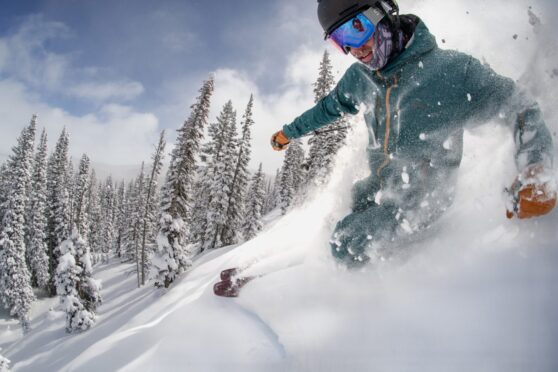
I hadn’t had a drink in six years, but come February I couldn’t resist going full Steamboat.
It’s a line I used all week with my hosts in the Colorado mountain town, each time introducing the concept of Scottish slang to the residents of the small town in the Rockies.
They had no notion of the idea that people in the west of Scotland have used the name of their home to describe the state of inebriation for generations.
The explanation became my party piece over whatever the local brewery’s 0% beer offering was. The prohibition of alcohol in Scotland on Sundays back in the old days led to a rise in bevvying on the steam boats which went up and down the River Clyde between Glasgow and the towns and islands on the lower part of the river.
By the time folk emerged from their day steaming doon the watter, many wore the signs of indulgence. Hence, getting steaming, or, in more recent patter, pure steamboats.
The notion of getting around prohibition isn’t alien to these parts either, of course. But the days of outlawed alcohol are long since past, especially when it comes to the apres-ski scene in this charming mountain town.
We arrived in Steamboat via a short connecting flight up and over the Rockies from Denver, in time to celebrate their Winter Carnival.
Established over a century ago, the February jamboree has gone on to become a much-anticipated fixture in the local community calendar, as permanent as the mountains around them. Local legend goes that those caught not celebrating it with a badge on their garb for the duration must pay a penalty of pushing a peanut down the main road with their nose.
Among the highlights of the weekend was the carnival’s Night Extravaganza, which saw spectators gather in their thousands, seeking a vantage point of a spectacular snowy show of flame and light.
Howelsen Hill, a mini-mountain within the mountains, is the location of a municipal ski-jumping slope, part of a local determination to democratise what can be a costly sport and leisure pursuit with subsidised access to snowsports on a small scale. It has also produced almost 90 Olympians.
Our hosts gathered us around a small firepit at the Boathouse gallery and rolled out the ’smores (fire-melted marshmallows and crackers) and hot chocolate tradition as we prepared for the nocturnal light show.
And what a show it was. From our vantage point, we watched as dots of coloured light formed in clumps on the mountain, mustering like fireflies, before setting off in breathtaking formation down the slopes.
The stunning choreographed display was the result of weeks of rehearsals involving local kids, skiing with torches and Olympic-class precision, to the delight of the cheering crowds around the foot of the mountain. Their display of formation downhill skiing wasn’t the only spectacle here. Torch-carrying skiers flew down the ski jump like bullets blazing out a gun, followed by the historic tradition of Lighted Man, a lone skier whose limbs were lit by multicoloured LED lights, and who – unbelievably – shot fireworks and cannon flares from his ski poles and helmet.
This virtuoso display was the precursor to the massive crescendo in a display of pyro that doubtless shook the Rockies all the way to Canada and made a lifetime of November 5ths seem like a church hall coffee morning.
The next day, we followed the crowds to Main Street for another big draw in the carnival schedule, marrying emblems and traditions of the American west (horses and cowboys and marching bands) with the prevailing culture of snowsports.
The street was prepared for the event, with snow ploughs gathering up the white stuff from the surrounding areas, creating a packed runway for the cavalcade that followed.
Stallions galloped at full tilt, ridden by cowboys whose lassoos pulled not the local cattle, but instead the local kids on skis, bravely holding on as they gathered speed on the 100-yard stretch towards a ski jump where their fearless efforts were met by howls from the crowd.
The heightened atmosphere around the games is infectious. The daredevil events were followed by a parade of the weird and offbeat – teams of medics racing on one giant snowboard, unicorns on unicycles with snow-tyres and, of course, the traditional American marching brass band, on skis. Whatever else is going on in this country just now, there’s a strong sense of embracing the alternative at this festival in them there hills, and life seems the richer for it.
Of course, there’s plenty of traditional snowy pursuits too. The resort of Steamboat is more modest in size by comparison to some of the more storied resorts in Colorado such as Vail and Telluride. Smaller is no impediment though – our group of skiers reached all ends of the ability spectrum, and each were well served with expert and beginner runs.
We stayed at Steamboat Grand Hotel in the centre of the resort, barely a five-minute walk from the lifts, and left our gear at the nearby ski check after each day’s exertions, before soaking off the strains under the magic of a clear mountain sky in the outdoor tub.
This being the Rockies, there are real hot tubs to enjoy too, and a (pre-booked) shuttle bus from the front door of Steamboat Grand Hotel took us to Strawberry Park hot springs, a network of naturally occuring thermal pools. A 90-minute dook zipped by with such speed that we left pondering whether the powers of these natural springs extended to altering the space-time continuum.
The only trouble with spending time in these magical mountains is there’s never enough of it.
Factfile
For more info on Steamboat visit www.steamboat.com; Strawberry Park hot springs www.strawberryhotsprings.com; Winter Carnival www.steamboatchamber.com; Steamboat Grand Hotel www.steamboatgrand.com. Ikon Pass offers lift access to Steamboat and 50+ mountain destinations worldwide visit www.ikonpass.com
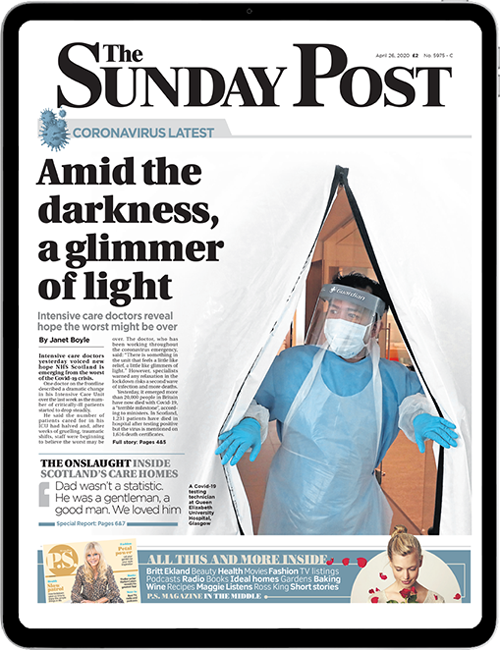
Enjoy the convenience of having The Sunday Post delivered as a digital ePaper straight to your smartphone, tablet or computer.
Subscribe for only £5.49 a month and enjoy all the benefits of the printed paper as a digital replica.
Subscribe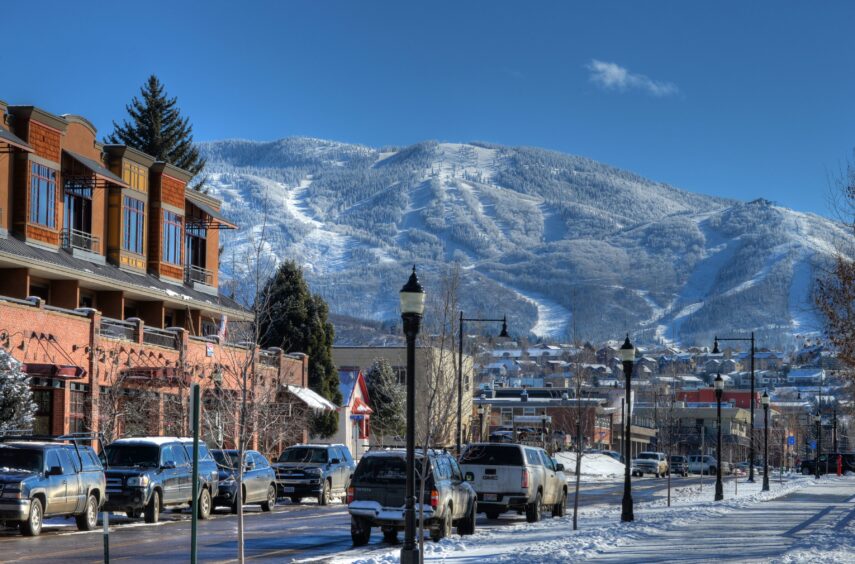 © Supplied
© Supplied © Supplied
© Supplied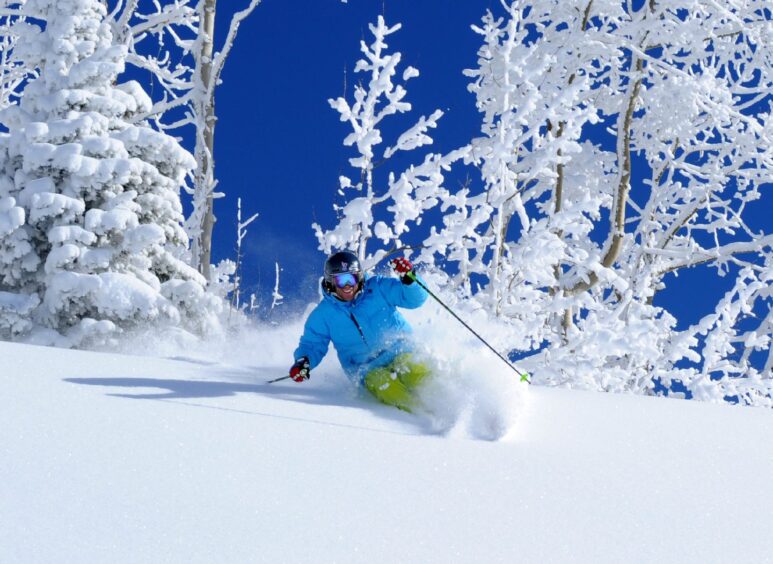 © Supplied
© Supplied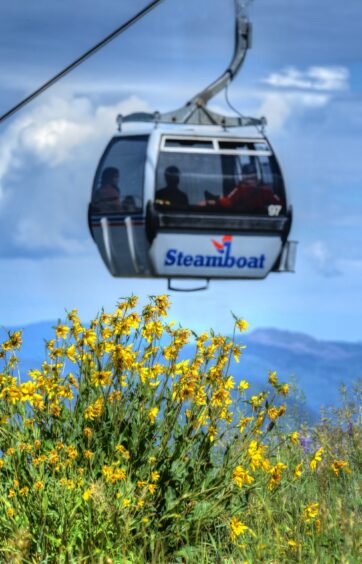 © Supplied
© Supplied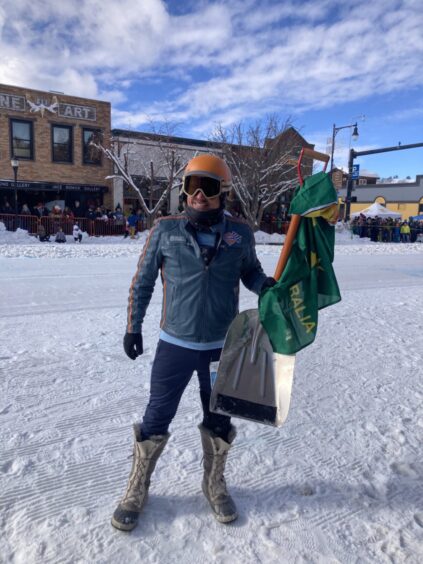 © Supplied
© Supplied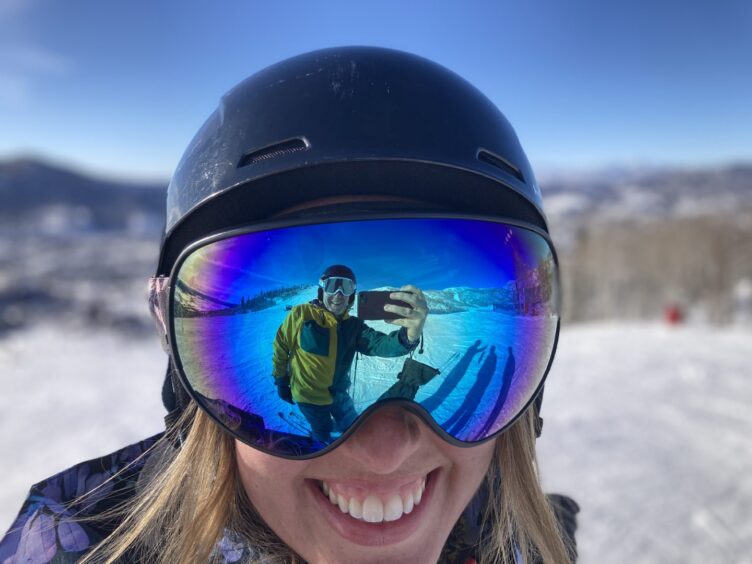 © Supplied
© Supplied